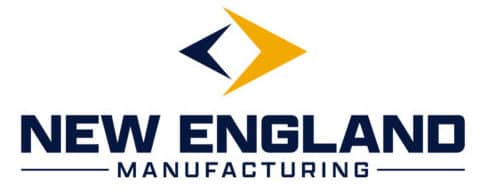Fire Pump Testing Equipment: Essential for Fire Safety and Preparedness
In the world of fire safety, the importance of fire pumps cannot be overstated. These powerful machines are crucial in firefighting, especially in big buildings and industrial areas. But how can we be sure they’ll work in an emergency? Fire pump testing equipment provides the answer. This article explores how this equipment plays a key role in making sure fire pumps are always ready for action.
The Critical Role of Fire Pump Testing Equipment
When Seconds Count: The Importance of Reliable Fire Pumps
Think about a time when every second is crucial, and the safety of a building hinges on the reliability of a fire pump. At these critical moments, fire pump testing equipment becomes much more than a mere tool. It emerges as an essential ally, ensuring that the pumps function flawlessly when their performance is most critical.
This equipment precisely replicates the intense conditions a fire pump faces during a real fire. It rigorously tests the pump’s ability to move water, withstand pressure, and operate effectively. In doing so, it allows us to identify and rectify any potential issues before they escalate into significant hazards.
Demystifying Fire Pump Testing: A Closer Look at How It Works
While the idea of testing fire pumps may appear daunting, fire pump testing equipment greatly simplifies the process. Let’s break down the key components of this testing:
- Flow Tests: These are essential for verifying the pump’s capacity to transport adequate water volumes. This is crucial because the pump must adhere to the specific water flow standards set for each building.
- Pressure Tests: A critical aspect of fire pump testing, these tests confirm that the pump can deliver water at the appropriate pressure. If the pressure is too low, the water may not reach its intended destination, rendering the pump ineffective. On the other hand, excessively high pressure can cause significant damage to the plumbing infrastructure.
- Operational Checks: These involve a thorough examination of the pump’s engines, control systems, and other mechanical components. The goal here is to ensure that every part of the pump is in optimal working condition. By doing so, we can catch minor issues before they evolve into major problems, thus maintaining the pump’s operational integrity.
Ensuring Fire Safety: The Imperative of Regular Fire Pump Testing
Regular Testing: An Essential Practice
Testing fire pumps regularly is not just advisable; it’s often a legal or safety requirement. These frequent checks are crucial for identifying wear and tear or other issues that could impair the pump’s function during a fire.
Local regulations and the specific type of fire pump determine how often these tests should occur. However, the key is consistent and thorough testing. This approach guarantees the pump’s readiness for any emergency.
Selecting the Right Fire Pump Testing Equipment
Choosing suitable fire pump testing equipment involves several important considerations:
- Accuracy: Reliable tests hinge on the equipment’s ability to provide precise readings. Accurate results are essential for ensuring the fire pump’s effectiveness.
- Ease of Use: User-friendly equipment encourages more frequent testing. It also helps in reducing the likelihood of errors during the testing process.
- Durability: The significance of these tests demands robust equipment. Long-lasting and sturdy testing tools are vital due to the equipment’s frequent use in crucial assessments.
The Importance of Training and Knowledge
Having the right equipment is only part of the solution. Equally important is ensuring that the personnel using the equipment are well-trained. Regular training sessions, coupled with updates on the latest testing procedures, are imperative. This not only ensures correct usage of the equipment but also guarantees that the fire pump’s performance is accurately evaluated.
By focusing on both the technical and human aspects of fire pump testing, we can ensure that these critical components of fire safety are always at peak performance. This not only complies with legal and safety requirements but also provides peace of mind, knowing that in the event of a fire, the equipment will function as needed. Fire pump testing equipment, therefore, is not just a tool but a vital part of ensuring public safety and preparedness in the face of potential fire hazards.
Conclusion: A Commitment to Safety and Being Ready
Fire pump testing equipment is vital in keeping fire safety standards high. It shows our dedication to safety and being prepared. When we invest in good testing equipment and test regularly, we make our communities safer and give ourselves peace of mind, knowing our fire pumps will be there for us in emergencies.
In the end, fire pump testing equipment is about more than just following a list. It’s about saving lives and protecting property. It’s an important part of a bigger picture of safety, responsibility, and staying alert. Remember, when it comes to fire safety, we can’t afford to take chances.
Read More:
Get in touch with us
Get in touch
We usually respond within 24 hours

